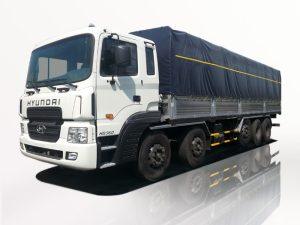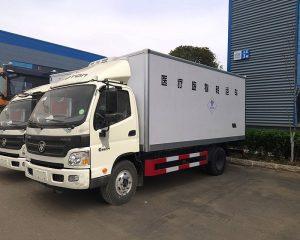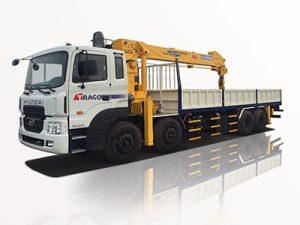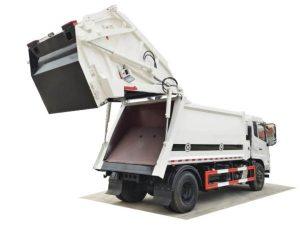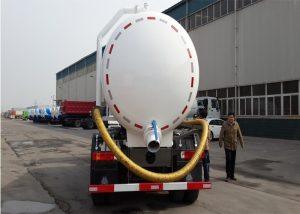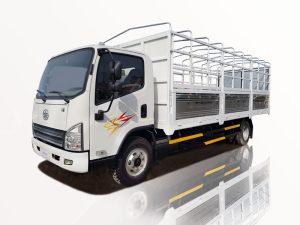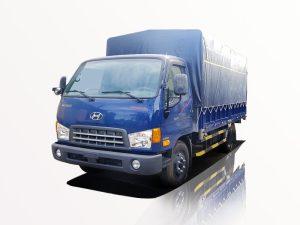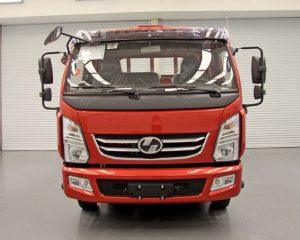Monday to Saturday - 8:00 -17:30
Towing Truck Flatbed: Everything You Need to Know
Towing truck flatbeds are essential vehicles in the automotive industry, offering a range of solutions from towing broken-down cars to transporting heavy equipment. This comprehensive guide provides detailed insights into flatbed towing trucks, their features, applications, and tips for effective use.
What is a Towing Truck Flatbed?
A towing truck flatbed is a specialized vehicle designed for transporting vehicles and heavy equipment that cannot be easily towed with standard tow trucks. Unlike traditional tow trucks, flatbed trucks have a flat, level bed that can be inclined or fully lowered to the ground, making it easy to load and unload various items.
Benefits of Flatbed Tow Trucks
- Versatility: Flatbeds can transport a wide variety of vehicles, from cars and motorcycles to boats and construction equipment.
- Safety: With a flatbed, vehicles are secured and transported in an upright position, minimizing the risk of further damage.
- Ease of Loading: The incline feature makes it easier for operators to load vehicles without the need for winches or complicated maneuvers.
- Stability: Flatbeds provide a stable platform which is beneficial for transporting heavy loads.
Types of Flatbed Tow Trucks
1. Conventional Flatbed Tow Trucks
This type is built on a truck chassis and features a flat, open bed. It is the most common type used for general towing needs.
2. Extended Flatbed Tow Trucks
Extended flatbeds provide an additional length to accommodate larger vehicles and heavy equipment, making them ideal for transporting construction machinery.
3. Hydraulic Lift Flatbed Trucks
These trucks feature hydraulic systems that allow for precise control of the flatbed height, facilitating the loading and unloading process, especially for heavy vehicles.
4. Modular Flatbeds
Modular flatbeds can be adjusted or modified to fit various needs, often used in specialized operations where specific configurations are necessary.
Features of Towing Truck Flatbeds
Load Capacity
The load capacity of flatbed tow trucks can vary significantly, often ranging from 5,000 lbs to over 30,000 lbs. It’s crucial to choose a flatbed that matches your towing needs.
Material and Construction
Flatbeds are typically constructed from durable materials such as steel or aluminum. Steel offers strength and longevity, while aluminum is lighter and resistant to rust.
Winch Systems
Many flatbed tow trucks come equipped with built-in winch systems that enable operators to haul in vehicles easily. This feature is particularly useful for handling immobile vehicles.
Safety Features
Modern flatbed tow trucks are equipped with safety features such as reflective markers, safety chains, and edge guards that help secure the load during transport.
How to Choose the Right Flatbed Tow Truck
Determine Your Needs
Assess the primary purpose of the flatbed tow truck. Will you be towing cars, motorcycles, or heavier machinery? Understanding your requirements helps to identify the right specifications.
Consider Load Capacity
Choose a truck that can safely carry the maximum weight you plan to transport. Always account for the weight of the vehicle and any additional equipment or cargo.
Acknowledge Licensing and Regulations
Ensure you are aware of the licensing requirements and regulations in your area regarding towing vehicles and operating heavy machinery.
Check for Warranty and Support
Before purchasing, verify the warranty policy and the availability of support services. A reliable manufacturer will offer comprehensive support post-purchase.
Operating a Towing Truck Flatbed: Best Practices
Pre-Trip Inspection
Perform thorough checks on the flatbed before each trip. Ensure brakes, lights, and winches function correctly and inspect the condition of the tires and bed surface.
Securing the Load
Use proper tie-down techniques to secure vehicles on the flatbed. Straps should be rated for the weight of the load and placed at appropriate securing points.
Driving Tips
When driving with a flatbed load, maintain a safe following distance, decrease speed on turns, and be particularly mindful on uneven terrain to prevent accidents.
Common Driving Hazards
- Potholes and road debris
- Weather conditions
- Heavy traffic
Maintenance of Tow Truck Flatbeds
Routine Checks
Regular maintenance checks are crucial for safety and reliability. This includes inspecting hydraulic systems, brake functions, and winches…
Cleaning and Care
Keep the flatbed clean to prevent rust and damage. Regular washing and applying protective coatings can significantly extend the truck’s lifespan.
Annual Servicing
Schedule annual servicing with a qualified technician to ensure all systems are in top condition and to identify any potential issues early.
Common Uses for Towing Truck Flatbeds
1. Vehicle Recovery
Flatbeds are frequently used for recovering vehicles that have been involved in accidents or breakdowns, allowing for safe transport to repair shops.
2. Equipment Transport
They are widely used in the construction industry to transport tools and machinery, such as excavators and loaders, between job sites.
3. Auctioning and Transporting Classic Cars
Flatbeds are also ideal for transporting classic or high-end vehicles that require extra care during transit.
Cost of Flatbed Towing Services
The cost of flatbed towing services can depend on several factors such as distance, vehicle type, and local rates. Here’s a rough breakdown of potential costs:
| Service Type | Average Cost |
|---|---|
| Local Towing (up to 5 miles) | $75 – $150 |
| Long-Distance Towing (over 50 miles) | $300 – $600 |
| Heavy Equipment Transport | $500 – $1,000 |
| Vehicle Recovery (off-road) | $100 – $300 (additional) |
FAQ: Towing Truck Flatbed
1. What is the advantage of using a flatbed tow truck?
A flatbed tow truck offers safe and secure loading, reduces the risk of vehicle damage, and can accommodate a wide range of vehicles and equipment.
2. Can flatbed tow trucks transport motorcycles?
Yes, flatbed tow trucks are ideal for transporting motorcycles. They provide a stable platform that helps to prevent any tilting or damage during transit.
3. How do I know if my vehicle can be towed by a flatbed?
Check the vehicle’s weight, towing limits, and consult your vehicle owner’s manual for guidance on towing methods.
4. Are there different types of towing equipment for flatbeds?
Yes, common equipment includes winches, ramps, and locks, all designed to help secure and transport your load efficiently and safely.
5. How often should I perform maintenance on a flatbed tow truck?
Routine checks should be done before every trip, while more extensive maintenance should occur at least annually or as recommended by the manufacturer.
6. What’s the best way to load a vehicle onto a flatbed?
Always use ramps, secure the vehicle with straps, and follow proper loading techniques to ensure safety during the transport process.


